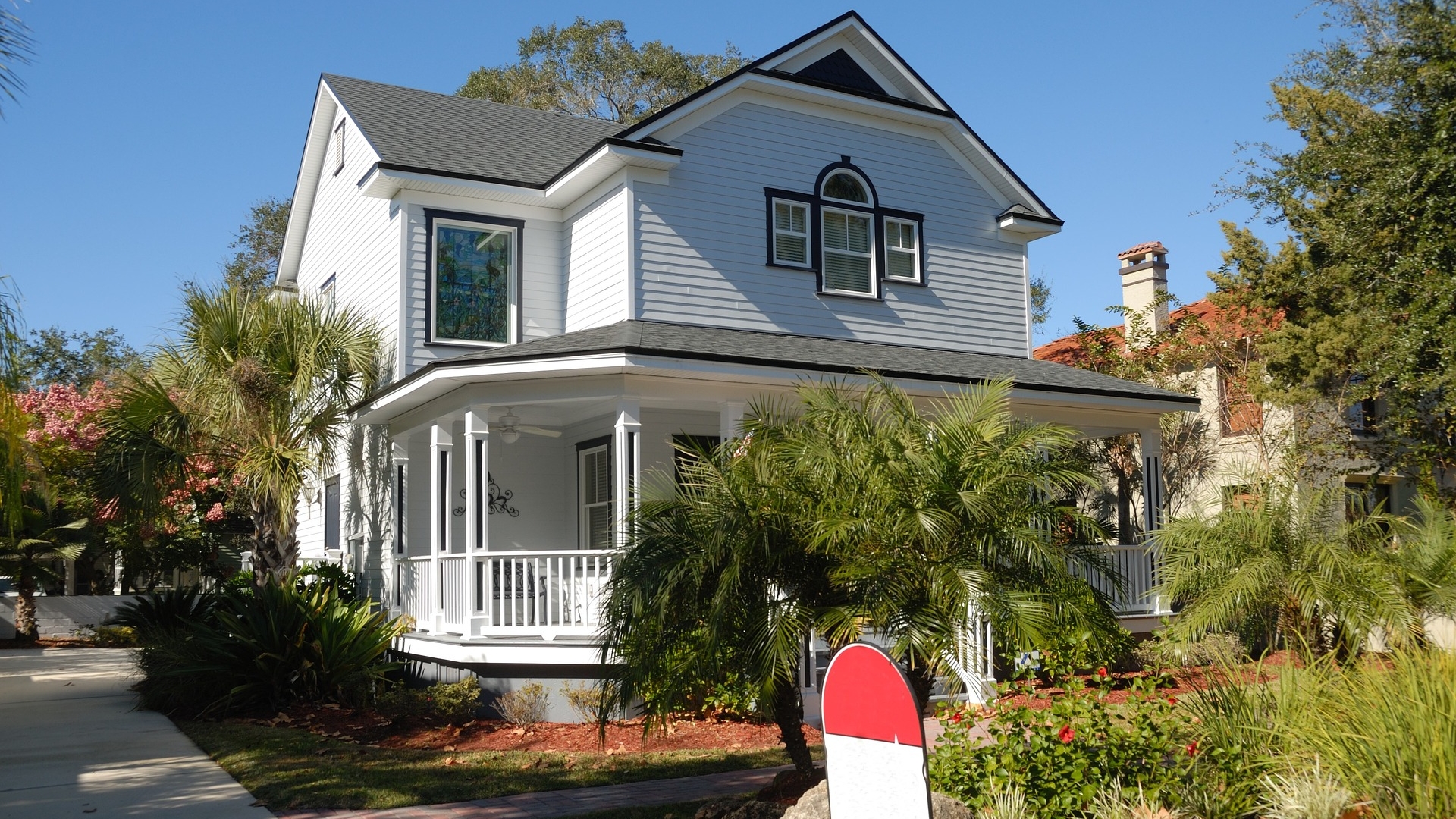Concrete’s been around forever. It goes all the way back to ancient times. But now? It’s doing so much more than just holding up buildings. It’s becoming a key player in design, too. Architects use it not only for strength but also to get creative and bring bold ideas to life.
Think about it—concrete’s in towering skyscrapers and cozy homes alike. It’s strong, stylish, and makes spaces feel grounded. So, why are architects loving concrete right now? It’s strong and flexible. Plus, it’s great for the planet.
Let’s explore why concrete is a top choice for modern design. It’s changing our world in amazing ways.
Concrete as a Versatile Material
Concrete’s real magic is how flexible it is. Most materials can’t do what concrete does. It can be shaped into almost any design. This allows architects to dream big. They can create buildings that are both strong and beautiful.
Architects also appreciate the range of finishes concrete offers. You’ll find options like polished concrete that gleams with a sleek, modern vibe, and stamped or exposed aggregate that introduces texture and dimension. These finishes bring concrete beyond its reputation for being a plain, gray building block, transforming it into a beautiful design element.
Plus, modern coloring techniques can achieve almost any hue. That makes concrete adaptable to countless design themes.
Concrete’s Role in Sustainable Architecture
Sustainability matters a lot in building today. And concrete fits right in. It lasts a long time and needs little upkeep. It also helps cut down on a building’s environmental impact.
Take concrete’s “thermal mass” for example. It can hold heat and release it. That acts like natural insulation. This keeps heating and cooling costs down. Plus, you save energy and lower the building’s carbon footprint.
Concrete can even be made greener by mixing in recycled stuff. For example, old aggregates or fly ash. This cuts down the need for fresh materials. In a world where every eco-friendly choice matters, concrete’s got some serious green power.
Structural and Design Advantages of Concrete
Concrete is a true powerhouse when it comes to building. It’s super strong and built to last—think decades, even centuries. For big buildings, that strength is a must for keeping things safe and solid.
Concrete is also tough against fire and rough weather. That gives buildings protection that most materials just can’t. But strength isn’t its only trick. Concrete absorbs sound too! That makes it perfect for busy city areas or places by highways where you want some peace and quiet inside.
Innovative Applications of Concrete in Modern Architecture
Today’s architecture is using concrete in fresh, exciting ways. It’s no longer just walls and floors. With special architectural concrete, designers can make surfaces look amazing without any extra layers. This gives buildings a bold, raw look, letting clean lines and simplicity shine.
Then there’s precast concrete, which is a game-changer. Builders create pieces offsite. Then put them together at the site. This saves time and gives architects more design freedom. They get the precision they need without long hours on-site.
Concrete’s rough, cool vibe is also perfect for industrial and minimalist styles. It’s ideal for projects that want that simple, classy look.
Notable Examples of Concrete in Modern Architecture
Concrete’s power really shows when you look at famous examples. Take the Pantheon in Rome. It’s a masterpiece that shows just how strong and lasting concrete can be.
In modern times, architects like Le Corbusier and Tadao Ando have pushed concrete even further. They’ve used it to make spaces that feel grand and peaceful. Their work shows that concrete is definitely strong. But it can also be elegant and timeless. And that’s inspiring designers everywhere to get creative with concrete.
Challenges and Solutions in Using Concrete
Like any material, concrete has its challenges. It’s heavy, which can limit design options. If not reinforced right, it might crack. But architects have found smart ways around these issues. New engineering tricks have led to lighter types of concrete. And adding things like steel or special fibers helps stop cracking and makes it tougher.
These modern fixes let architects get the best out of concrete while keeping its downsides in check. Concrete may have started as a simple material. But now it’s ready for even the boldest design ideas.
Conclusion
In today’s architecture, concrete proves that old and new can mix perfectly. It’s tough and dependable. But also flexible and, yes, even beautiful. From smooth, modern interiors to strong, eco-friendly buildings, concrete keeps changing what’s possible in design.
If you’re looking to make a big impact with your construction project, concrete services in Hawaii offer custom options that blend strength with style. The future of architecture is set to be full of amazing concrete designs that inspire, impress, and last. Just like concrete has done for centuries.











